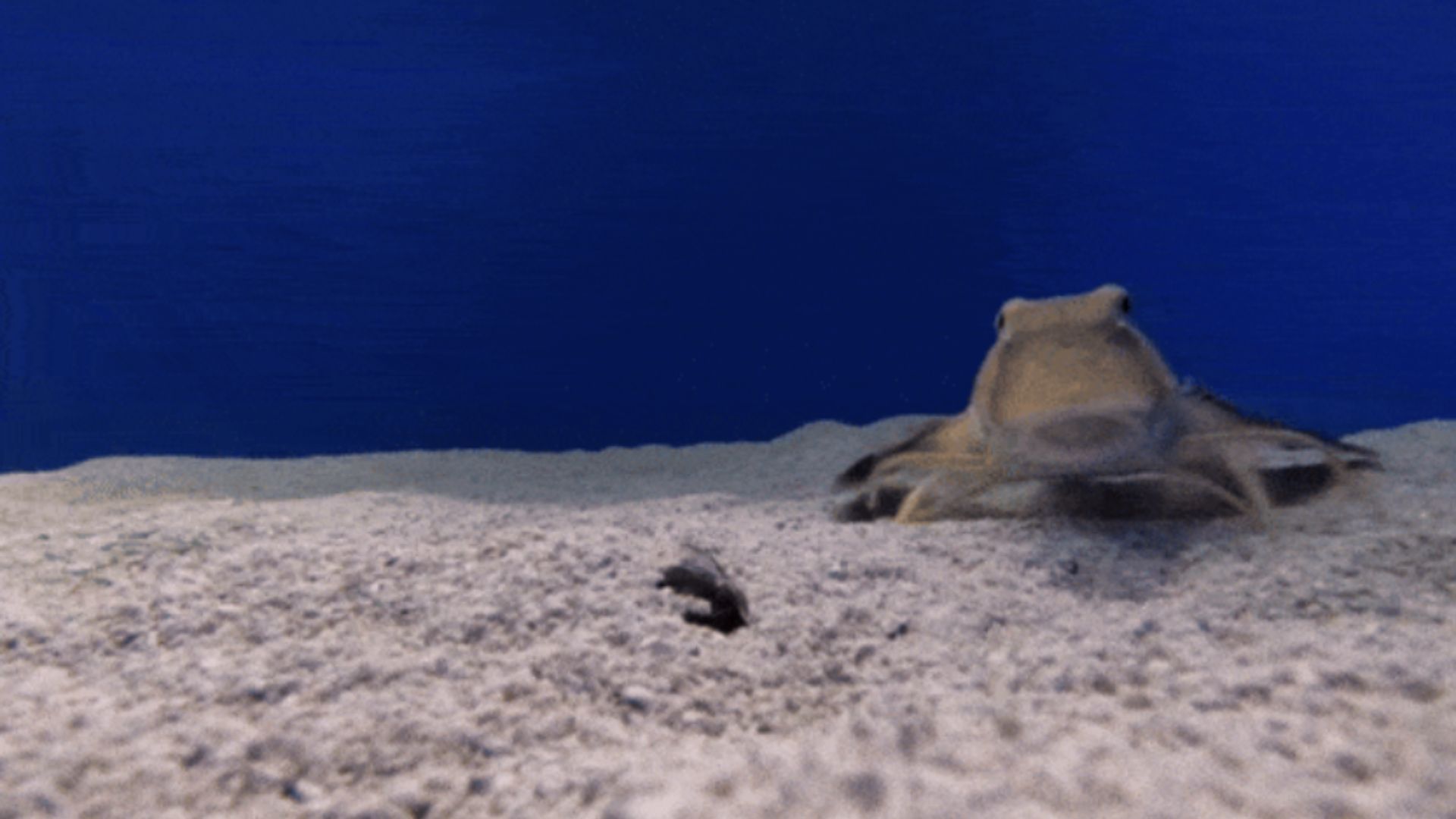A new study has provided fascinating insights into evolutionary adaptations by investigating the unique “walking” abilities of sea robins, fish that dwell on the ocean floor and use leg-like structures for movement.
Published in Current Biology, the research could have significant implications for understanding how traits evolve across species, including in humans.
Harvard postdoctoral fellow Corey Allard discovered these unusual fish during a visit to Cape Cod’s Marine Biological Laboratory in 2019. Fascinated by their distinctive traits, Allard and his team began exploring how sea robins use their legs and what genetic mechanisms drive their development.
The study revealed that the so-called “legs” of sea robins are actually modified pectoral fins, three on each side of their bodies. Through extensive observation, the researchers found that these appendages act as sensory organs, detecting mechanical and chemical stimuli.
Interestingly, the team identified two species of sea robins with different leg structures. Prionotus carolinus has shovel-like legs covered in papillae, similar to taste buds, enabling them to dig for prey. On the other hand, *P. evolans* has rod-shaped legs designed primarily for locomotion. This difference led scientists to suggest that the papillae represent an evolutionary adaptation to environmental needs.
The genetic research, led by Amy Herbert and David Kingsley from Stanford, used advanced techniques like transcriptomics and genome editing to uncover the transcription factors involved in leg formation. By creating hybrids between the two species, they explored the genetic basis for these structural differences.
Importantly, the genes controlling leg development in sea robins are also found in the limbs of other animals, including humans. This could offer valuable insights into the evolution of bipedalism, which occurred around 6 million years ago.







